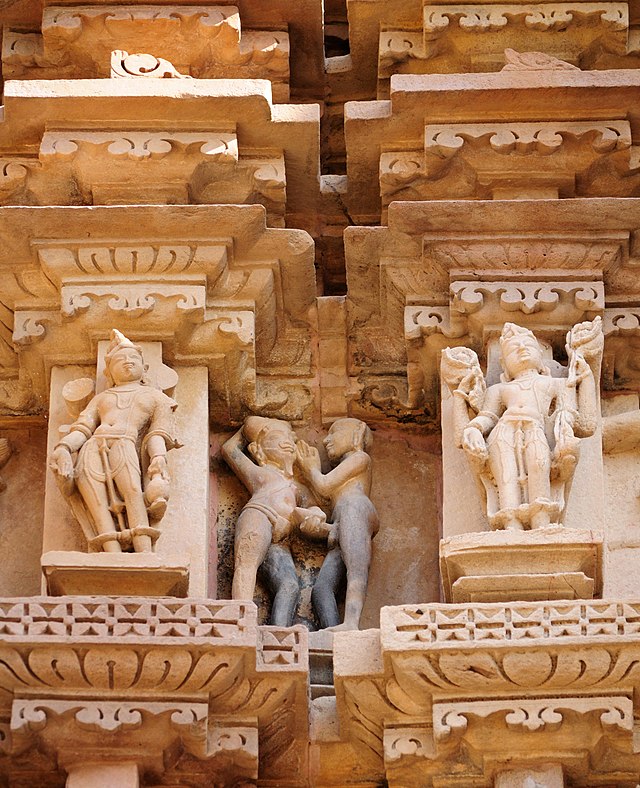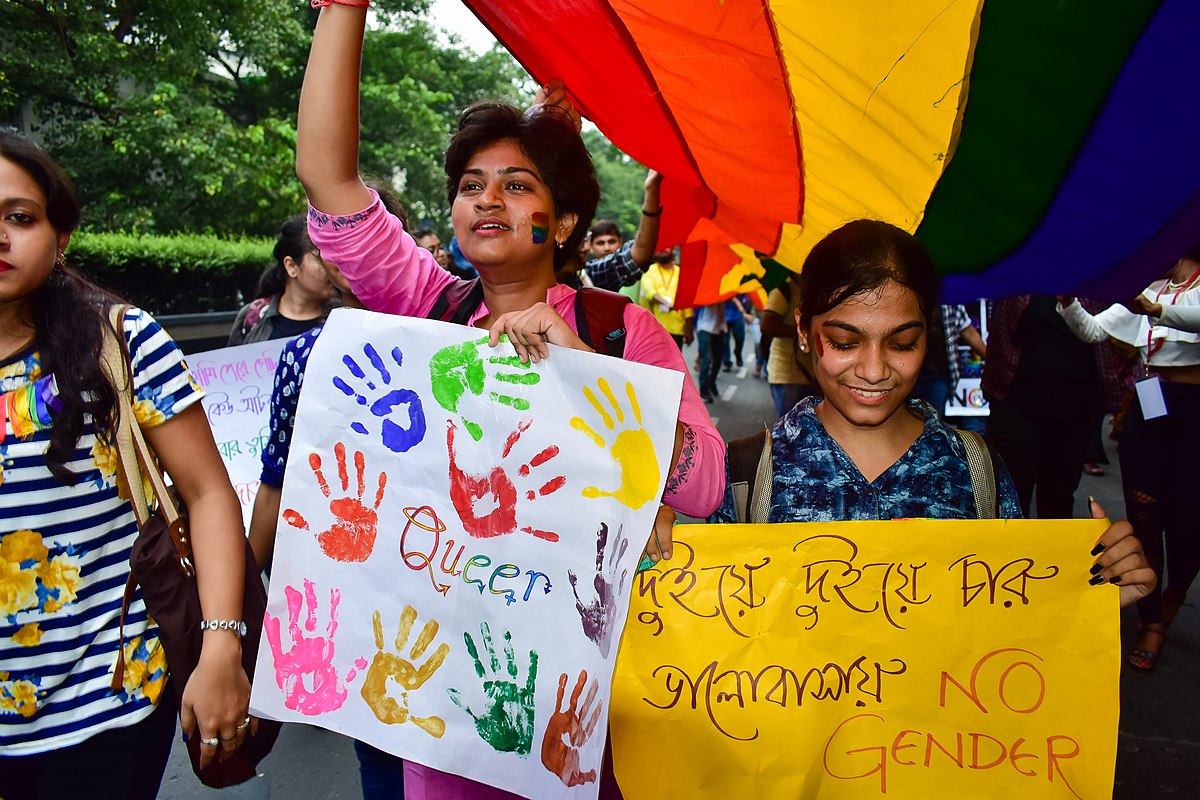The medicalisation of same-sex preference in the West has a long and well-documented history. From the nineteenth century through to the millennium, those who participated in same sex acts could be categorised as committing a sin, a crime, or suffering from a disease. These three understandings of same-sex eroticism often overlapped; what was a sin could also be a crime, and what was a crime could also be a medical disorder. While in the majority of Western countries the conceptualisation of homosexuality as a medical disorder has been eradicated, it still has a presence in countries once subject to European colonisation.
My research focuses on the example of India. Prior to colonisation, India had a rich tradition of same-sex eroticism, from the Kama Sutra to the ghazal poetry under the Mughals. These histories of homoerotic content, whether from Hindu epics or Mughal art, have been the subject of contentious histories on the subcontinent. Since the advent of British colonial rule in India, there has been a suppression of non-normative sexuality and gender expression, in keeping with British colonial ideals. One facet of this suppression was the creation of the Indian Penal Code Section 377 of 1861 that outlawed sodomy and other ‘unnatural offences’, commonly taken to mean same-sex activities. Homophobic legislative practice, alongside the withdrawal of patronage for artists who expressed same-sex desire in their work, caused a seismic shift in attitudes. Non-conformity was legislated against, surveyed, and punished.

As understandings about homosexuality and gender shifted in the metropole, so too did those in the colonies. Sexologists and medical practitioners began to conceptualise homosexuality as a medical disorder. Over the next decades of the twentieth century, there was debate about whether the disorder was physical or psychological, resulting in different forms of treatment. Theories were articulated and promulgated among networks of physicians, some of whom were located in colonial spaces such as India. While India gained independence from Britain in 1947, the ties between the former colony and metropole were not severed. Networks between India and other Western geographies, such as the USA were established. Medical information was exchanged between institutions and medical techniques were imported into institutional Indian practices.
Analysing the reference and bibliographical information in Indian psychiatric journals from the 1970s and 1980s reveals what Western information about homosexuality was incorporated into the Indian psychiatric imagination. It shows that the medicalisation of homosexuality in India was not a neo-colonial offshoot: rather, imported methods and techniques were altered to fit Indian cultural concerns. Indian society is collectivist and based on strong understandings of marriage, family and tradition. Whereas in Western modes of ‘treating’ or ‘correcting’ homosexuality the intention is to eradicate ‘deviant’ desire, Indian modes of treatment required the positive inculcation of heterosexuality. It was not enough to eradicate desire for the same sex; the patient had to be actively interested in a sexual relationship with the opposite sex. The reason for this, in most cases at least, was to fulfil societal expectations to marry and procreate. Here, understandings of ‘Indian culture’ and ‘practice’ are predicated on hegemonic discourses of what constitutes Indianness. Socially, and for the purposes of my research, the Indian body is imagined as heterosexual, married, and gender conforming. These conceptualisations do not necessarily have a basis in lived reality. These are the societal pro forma held to be the norm by Indian medical establishment. Herein lies both the strengths and weaknesses of medical documentation.
Psychiatric reports are scarce, and the information provided is limited. It is difficult to identify caste and class differences among patients, as well as how they understood their orientation or identity. Recovering patient voices is a central aspect of my research. Patients mentioned in psychiatric reports were anonymised. While there are numerous blogs and people brave enough to recount their experiences, researchers need to be wary about retraumatising them for the sake of their research. It is also important to understand the ways in which queer individuals viewed themselves at the time. What were the debates, understandings, and issues for queer Indians during the last 3 decades of the twentieth century?
Using queer media such as Bombay Dost, (Naya) Pravartak and The Network, my current research looks at these questions and seeks to recover patient encounters with the medical establishment. Rather than solely using psychiatric reports where practitioners ventriloquise patient experiences, my research seeks to go to the source. The overarching question for this research is: did queer Indians view themselves as having a disorder? These magazines offered a safe space for local, regional and diasporic connections and communities to be forged. Dire warnings are offered about the actions of the psychiatric community. Whereas medical professionals see themselves as alleviators of distress, the queer community sees their practices as inherently homophobic, even sadistic. The pages of these magazines operate as cathartic spaces for the issues facing queer individuals from the medical community.

The construction of homosexuality as a medical disorder and attempts to treat it through conversion therapy (or other euphemistic names), are still present in India today. During the 2020 COVID-19 lockdown in India, a young, bisexual woman named Anjana Harish took her own life after being subjected to conversion therapy by her family. To understand the impact that conversion therapies have on queer individuals in contemporary India, there needs to be a deep and meaningful engagement with the historical discourses which underpin them. The legacies of colonial homophobia, legislation, and the perpetuation of heterosexist norms by the postcolonial Indian state need to be addressed if the harms perpetuated against non-conforming sexual and gender identities are to be chronicled.
*Opinions expressed by guest bloggers are their own and don’t necessarily represent the views of the SHaME Research Hub.